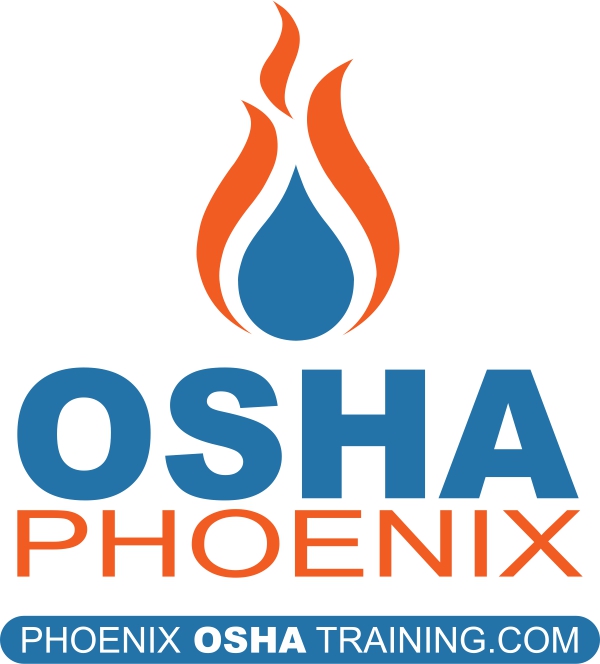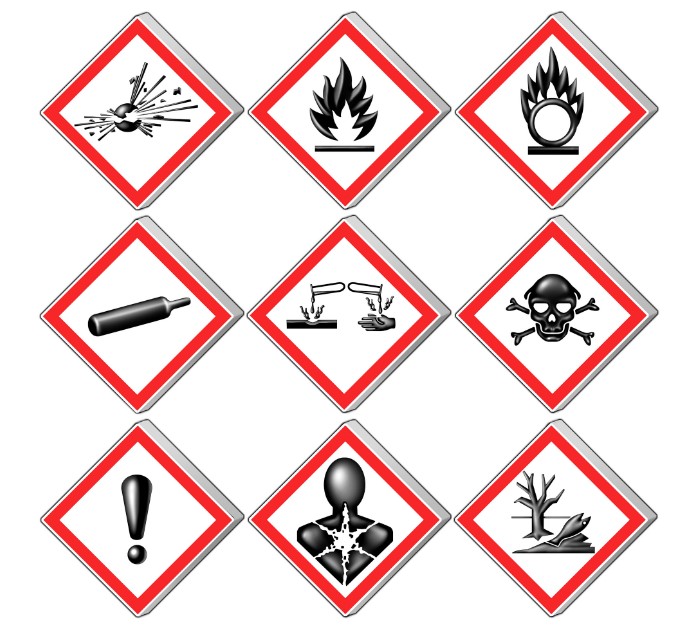Construction sites are filled with activity, where countless skilled workers come together to create structures that shape our cities and communities. While the construction industry plays a pivotal role in our society, its also one of the most hazardous. Hazards on construction sites can range from heavy machinery accidents to exposure to toxic chemicals. That is why effective hazard communication is crucial in ensuring the safety of all workers involved.
Hazard communication, often referred to as HazCom, is an approach to identifying, managing, and communicating workplace hazards. It involves the processes and practices through which construction companies, contractors, and workers convey information about potential dangers on the job site. It is the worker’s right to know of any hazards they will be dealing with on the job site.
The first step in hazard communication is recognizing potential dangers. Construction sites are filled with potential dangers, such as falling objects, electrical risks, and exposure to harmful chemicals. Construction companies must conduct thorough hazard assessments to pinpoint and document these risks.
The next step is to have clear labeling and signage. Hazardous materials, equipment, and areas with potential dangers should be clearly marked to alert workers. For instance, chemicals should have properly labeled containers with information about their potential risks.
Another important step in hazard communication is to let workers have access to Safety Data Sheets. Safety data sheets provide detailed information about chemicals used on the construction site. They include information about the product’s properties, potential hazards, and recommended safety precautions. It is vital that workers understand the risks associated with the materials.
Workers need to be educated on hazard communication procedures and how to recognize and respond to hazards. Regular safety training should be a fundamental part of construction site operations. If you, or anyone you know needs training, please refer to our training page at phoenixoshatraining.com/services/.
The final step to hazard communication is to have clear and well-communicated emergency procedures. Workers should know what to do in case of accidents, fires, chemical pills, or other emergencies. This information should be readily available and easily accessible on-site.
Hazard communication is an essential component of construction site safety. It keeps those on construction sites safe and protected. Construction companies should invest in comprehensive hazard communication programs that prioritize identification, labeling, education, and emergency preparedness. By doing so, we can ensure that construction sites remain places of progress and safety for all involved.
Published by OSHA Phoenix on October 12, 2023


